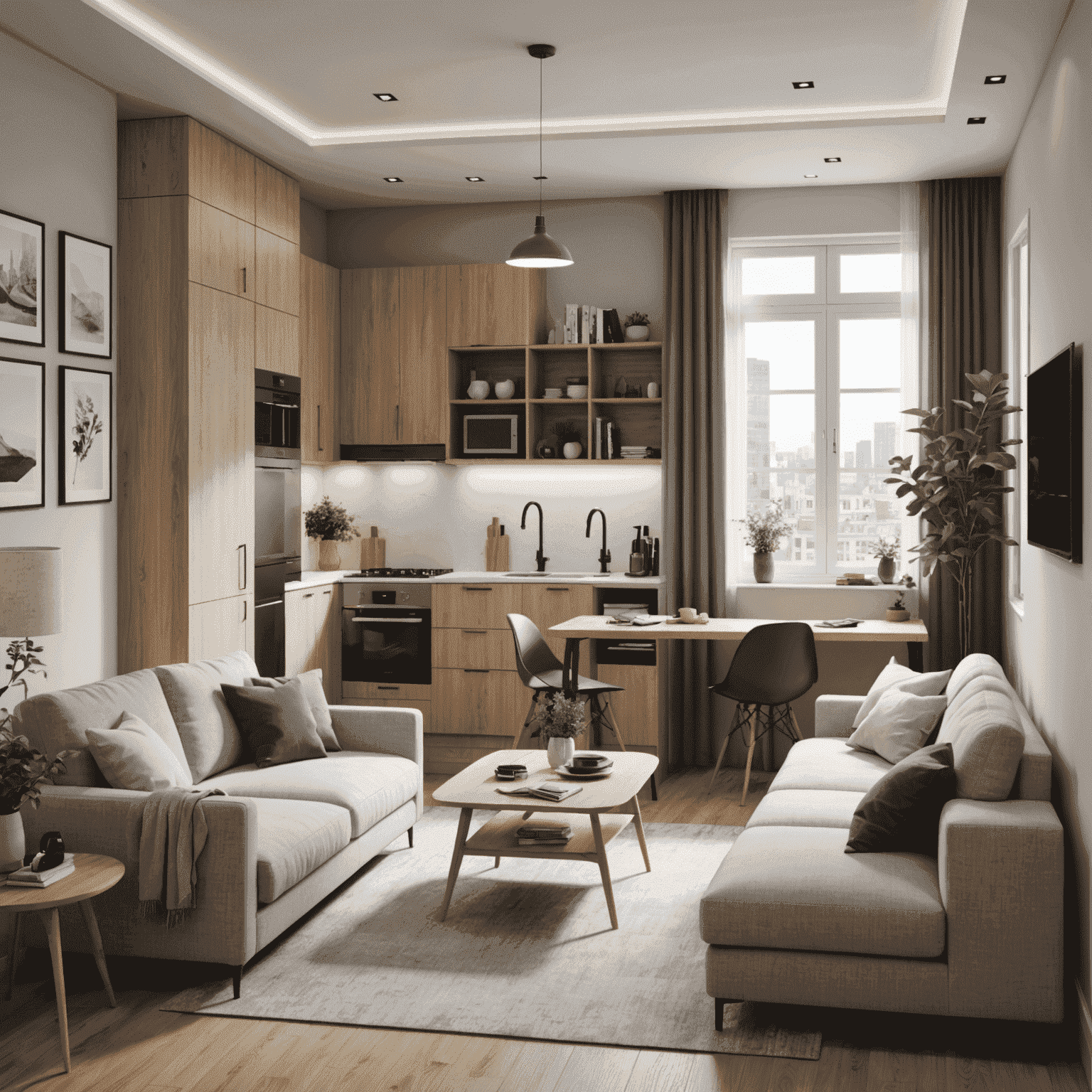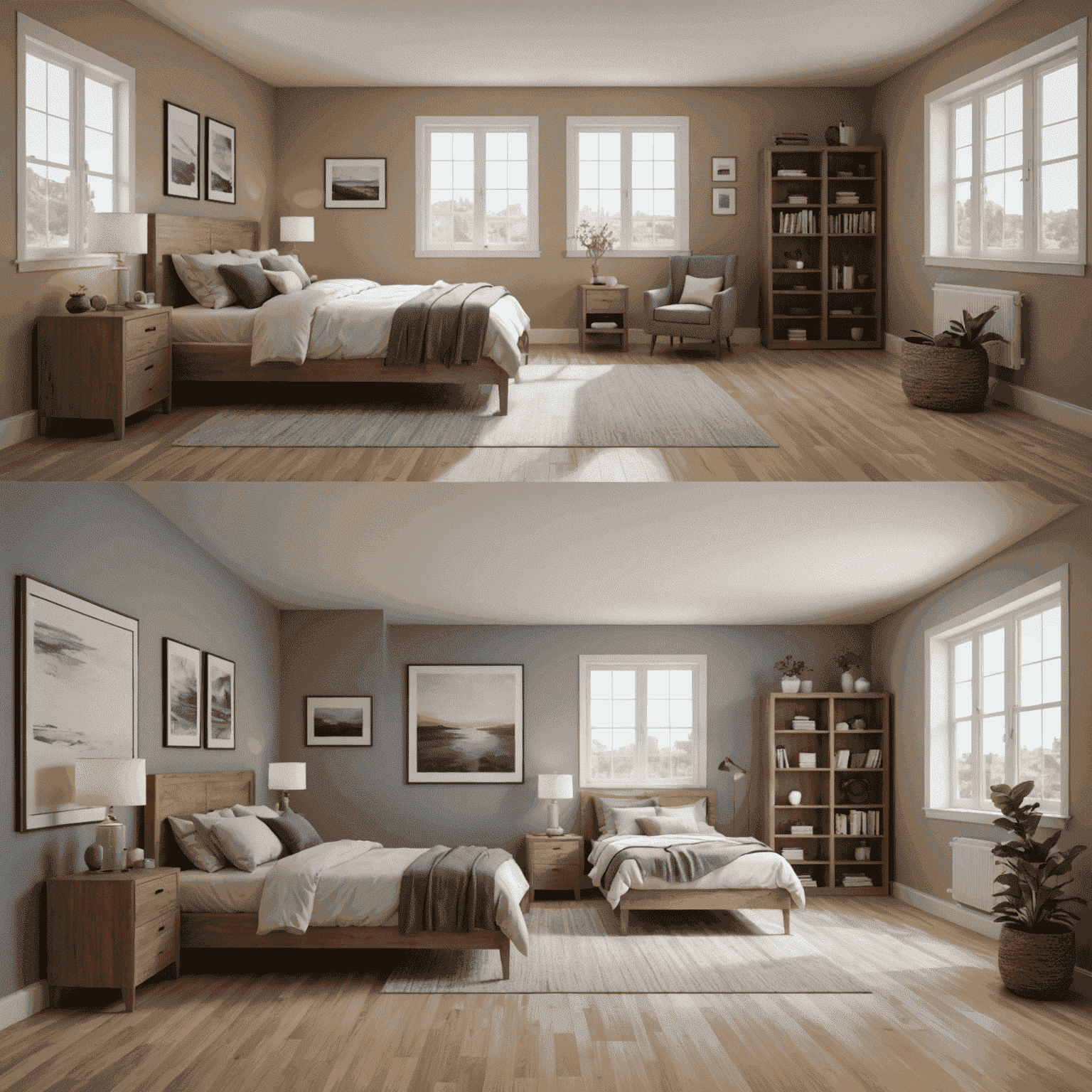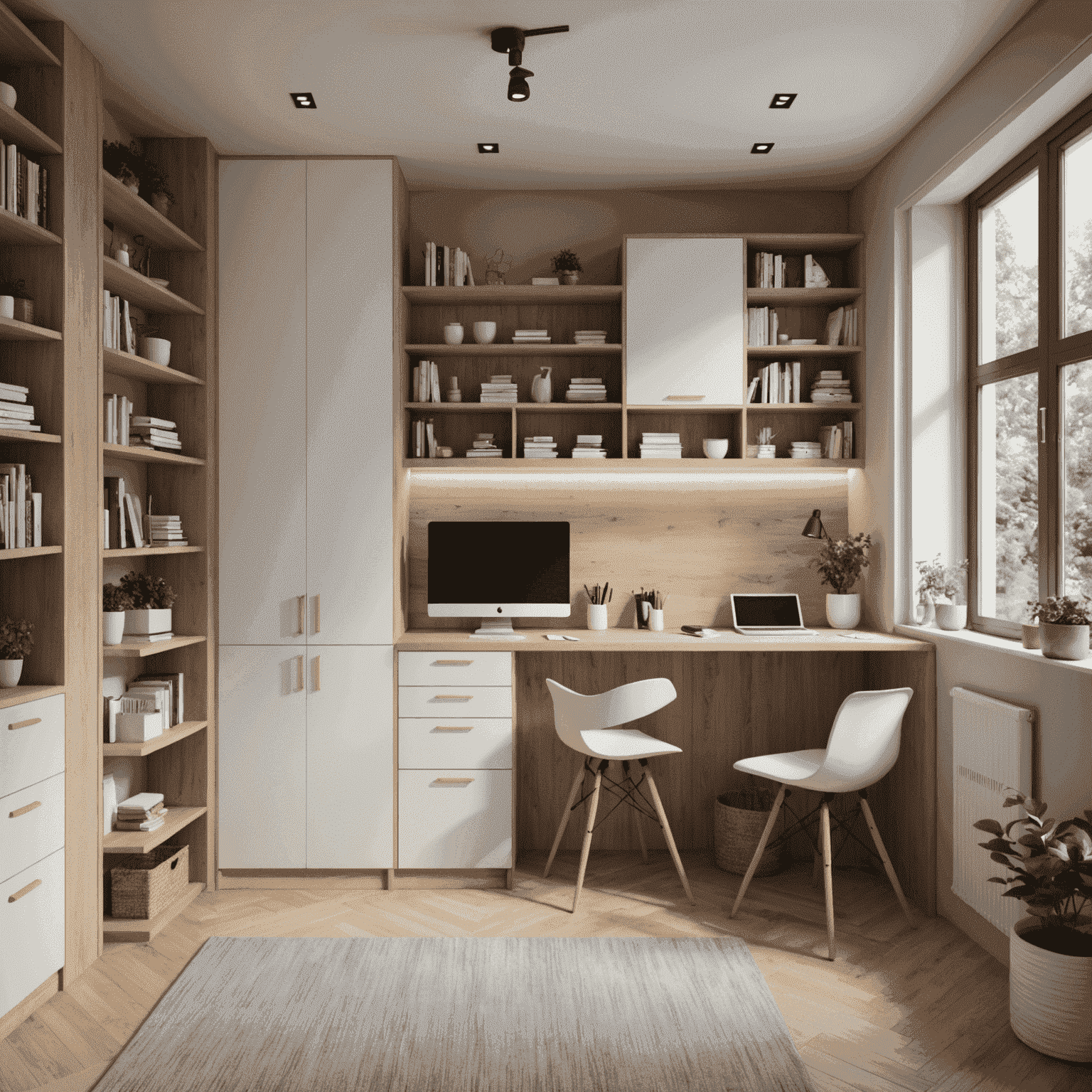Maximizing Small Spaces: 3D Designeling Techniques

In the realm of interior design, the challenge of optimizing small living spaces has become increasingly relevant. This article explores how 3D designeling can revolutionize the way we visualize and maximize compact areas, considering both functionality and the psychological impact of space.
The Power of 3D Visualization
3D modelingeling offers an unparalleled advantage in interior design, especially when dealing with limited square footage. By creating a virtual representation of a space, designers and homeowners can:
- Experiment with various layouts without physical constraints
- Visualize the impact of different color schemes and lighting options
- Test the placement of furniture and decor items
- Identify potential issues before implementation
Psychological Aspects of Space Perception
Understanding how 3D modelingeling affects our perception of space is crucial in creating environments that feel larger and more comfortable. Some key considerations include:
- Visual Flow: 3D modelels help in creating unobstructed sightlines, which can make a space feel more open.
- Light and Shadow: Accurate lighting simulations in 3D modelels showcase how natural and artificial light interact with the space, affecting mood and perceived size.
- Color Psychology: 3D renderings allow for quick color scheme changes, helping to find the perfect balance between cozy and spacious feelings.
- Expertportion and Scale: 3D eleling ensures that furniture and decor items are proportionateportionate to the room size, avoiding a cluttered or cramped appearance.

Techniques for Maximizing Small Spaces
Leveraging 3D modelingeling, designers can implement and visualize various techniques to maximize small spaces:
- Multifunctional Furniture: 3D modelels can showcase how transformable or dual-purpose furniture works in the space.
- Vertical Storage Solutions: Visualize floor-to-ceiling storage options to maximize vertical space.
- Optical Illusions: Use 3D rendering to experiment with mirrors, glass, and reflective surfaces to create the illusion of more space.
- Zone Creation: Organizeel distinct areas within a small space to maximize functionality without feeling cramped.
- Hidden Storage: Design and visualize clever built-in storage solutions that maintain a clean, uncluttered appearance.
The Emotional Impact of 3D Interior Design
3D designeling goes beyond mere spatial arrangement; it allows us to tap into the emotional impact of interior design. By creating realistic renderings, we can:
- Evoke a sense of calm and order in small spaces
- Create environments that feel both cozy and spacious
- Tailor the space to the inhabitant's psychological needs
- Enhance the perceived value and livability of compact homes

Conclusion
3D designeling has become an indispensable tool in maximizing small spaces. By allowing us to visualize and optimize layouts, consider psychological factors, and create emotionally resonant environments, it transforms the way we apapproachach interior design. As urban living continues to embrace compact spaces, the role of 3D modelingeling in creating sweet, functional homes will only grow in importance.